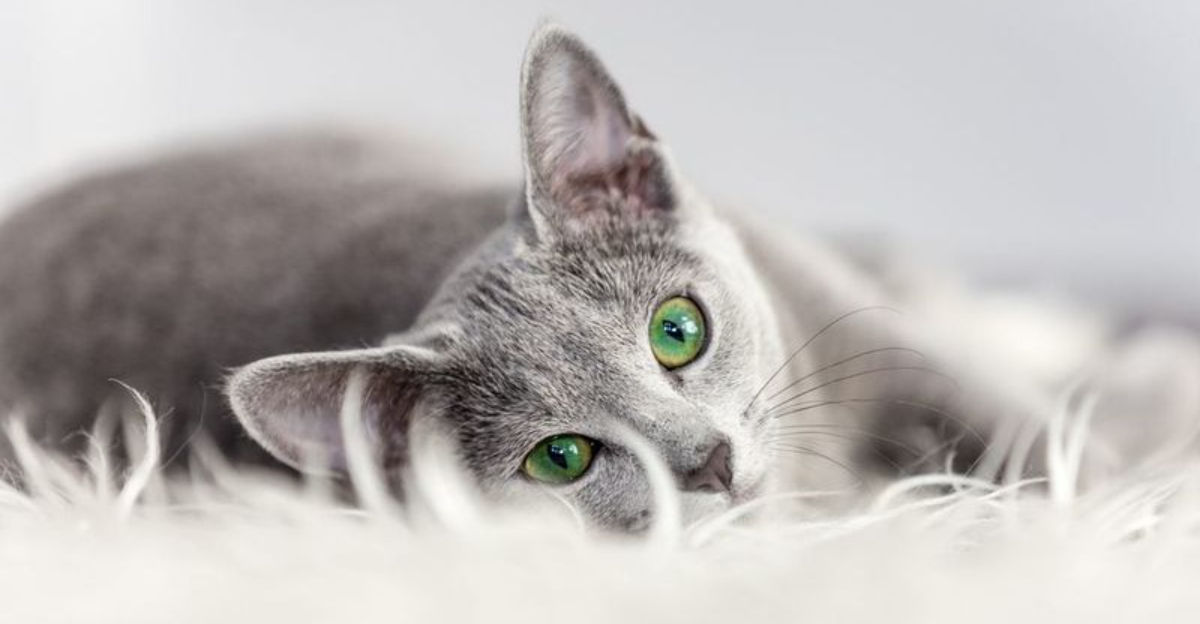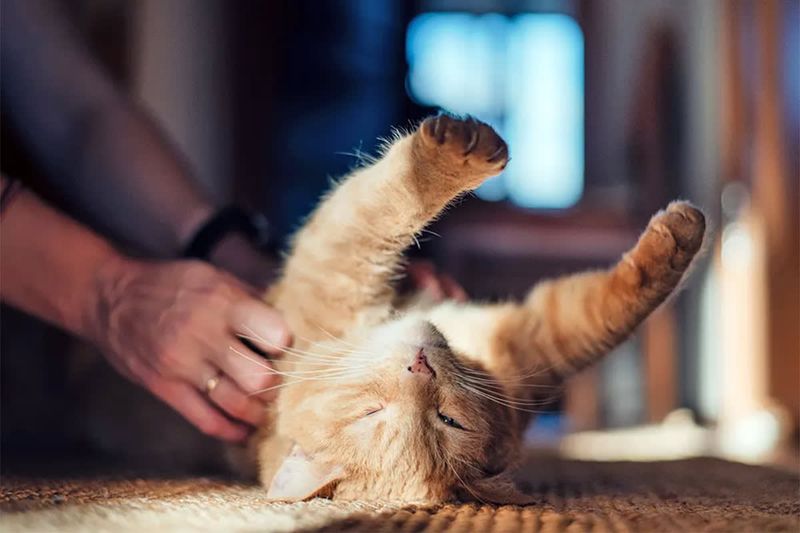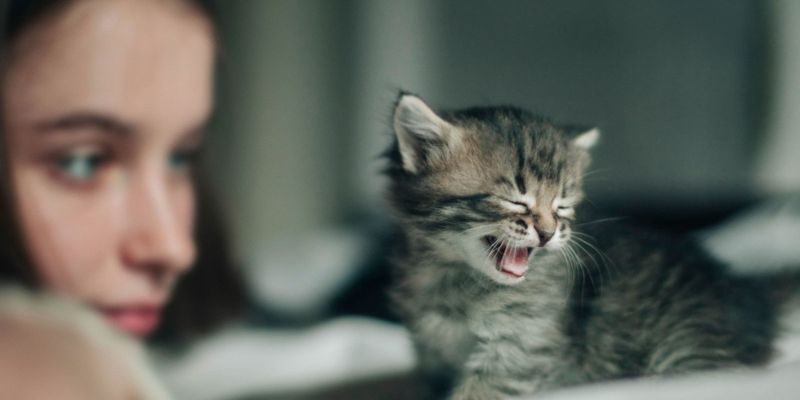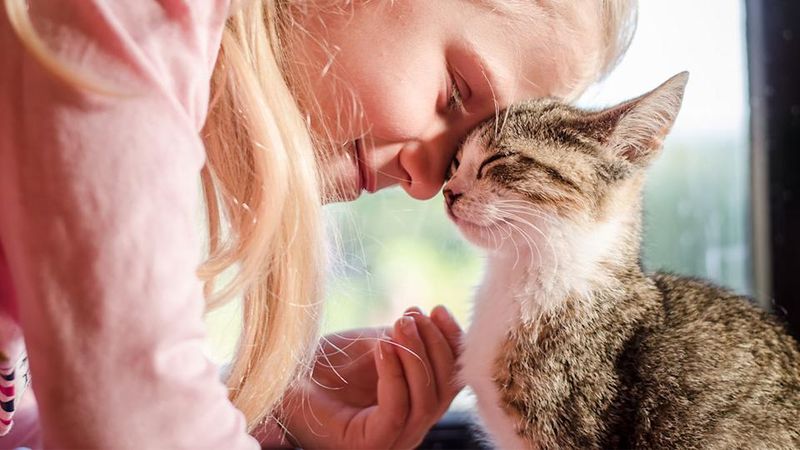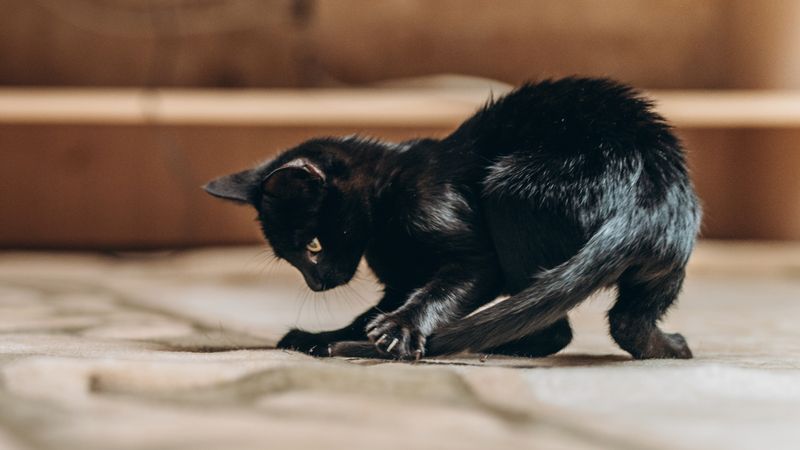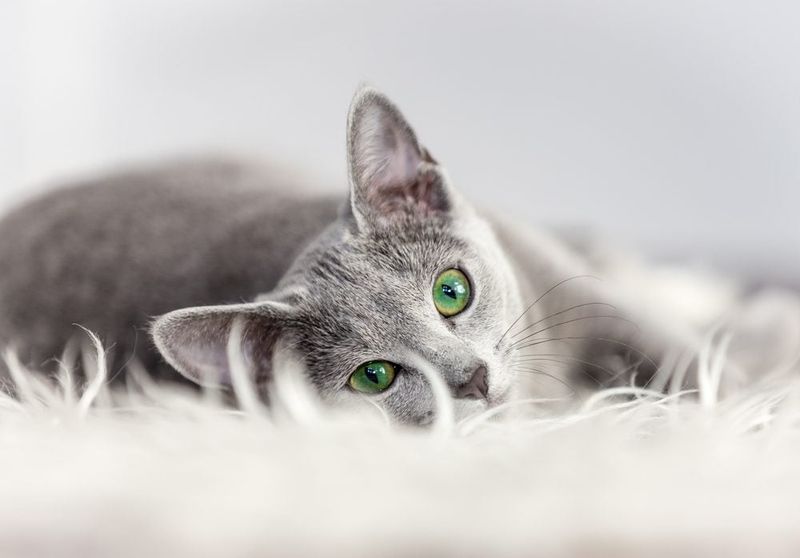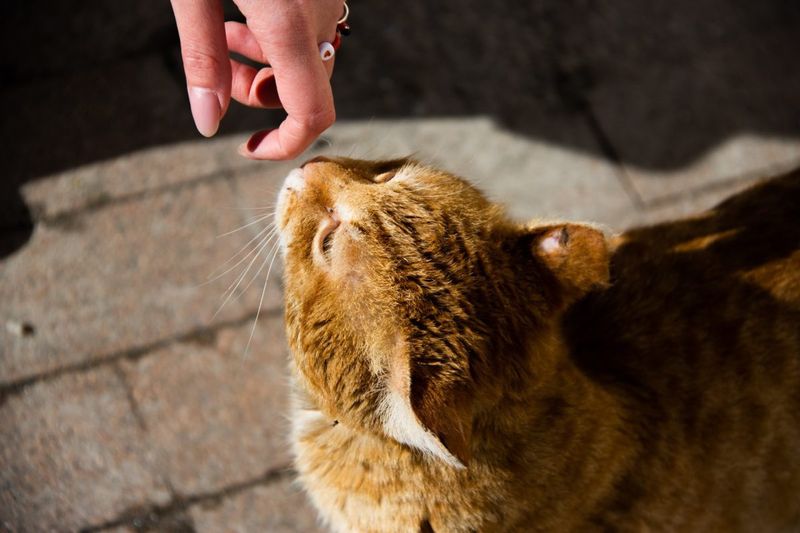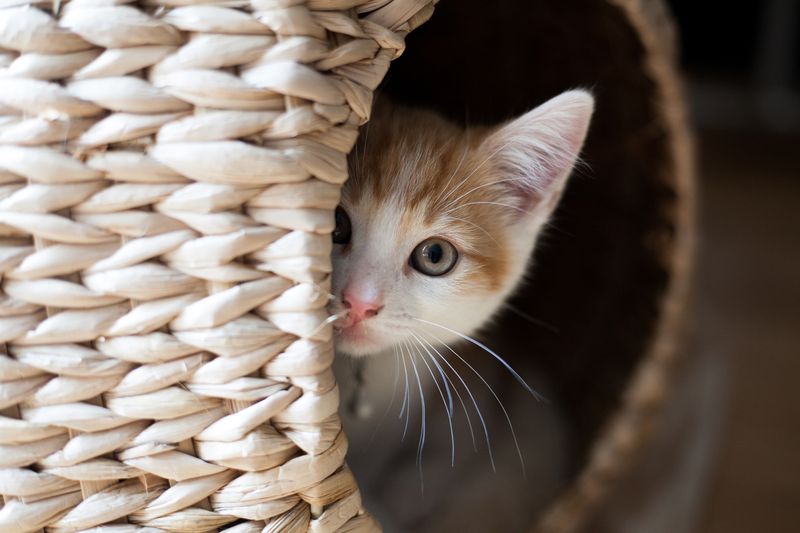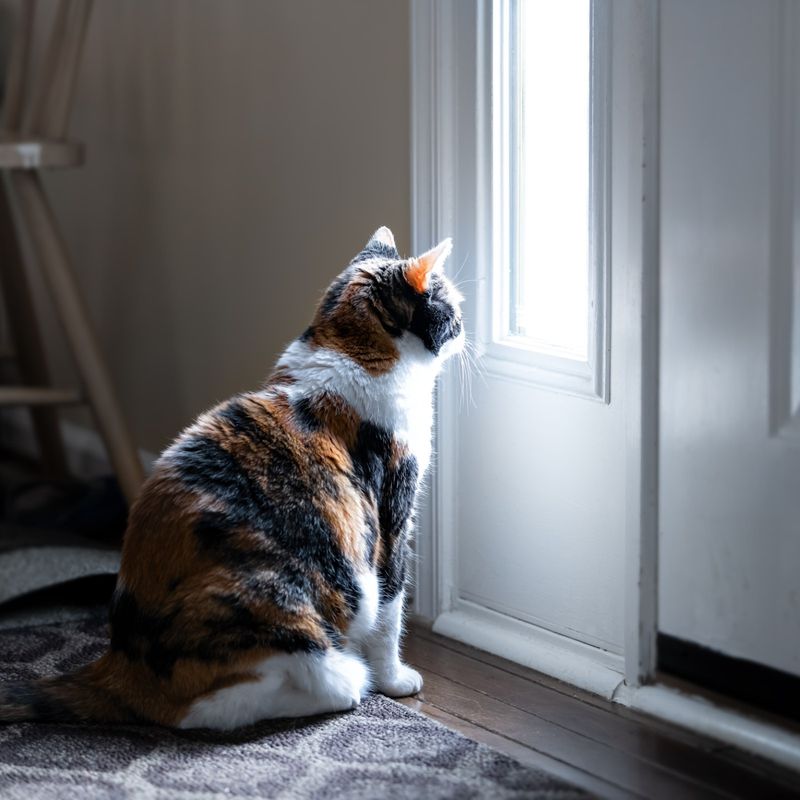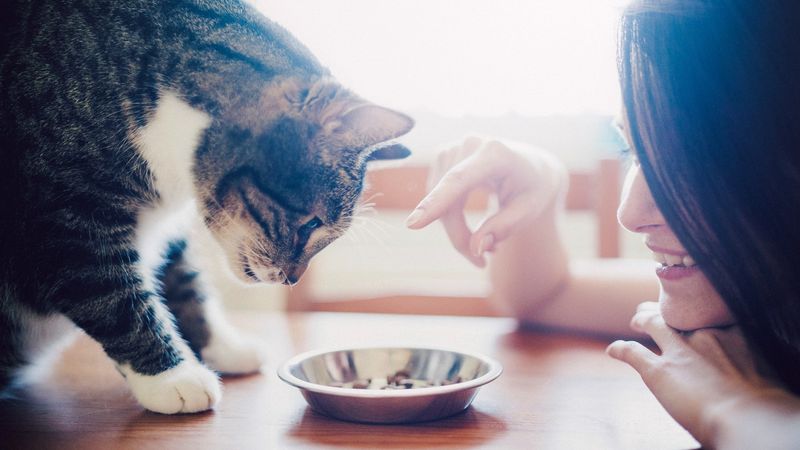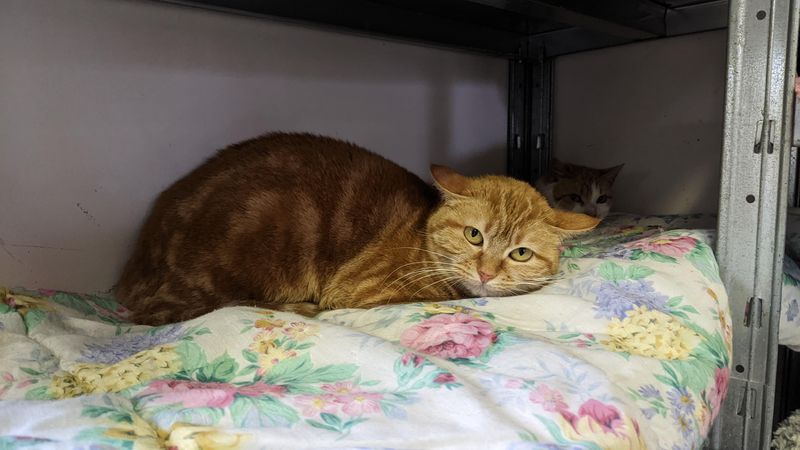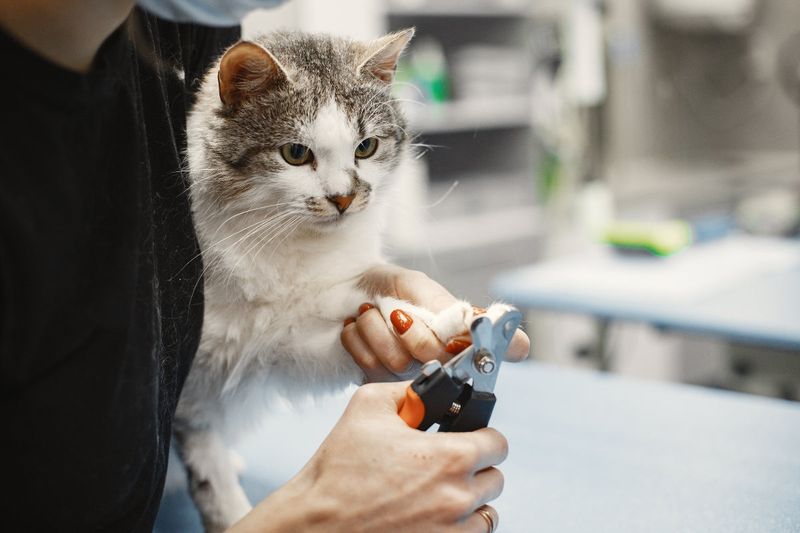📖 Table of Content:
- 1. Deep Belly Rubs
- 2. Verbal Conversations
- 3. Nighttime Companionship
- 4. Gentle Headbutts
- 5. Playtime Vulnerability
- 6. Sharing Their Pain
- 7. Eye Contact Comfort
- 8. Greeting Rituals
- 9. Grooming Participation
- 10. Safe Space Sharing
- 11. Tummy Exposure During Sleep
- 12. Separation Anxiety Expression
- 13. Food Trust Transfer
- 14. Seeking Comfort During Storms
- 15. Accepting Physical Boundaries
Cats are known for their quiet independence and subtle behaviors. Behind their calm gaze and measured movements lies a complex emotional world. They rarely show vulnerability unless they feel completely secure in their environment.
Though they may not demand constant attention, cats form deep bonds and experience emotions just as strongly as more outwardly affectionate pets. Trust, once earned, unlocks a new side of their personality. Small gestures, routines, and reactions can reveal what they truly need from those around them.
Recognizing and respecting these emotional cues strengthens the connection between humans and cats. It leads to greater trust, reduced stress, and a more harmonious home. When their unspoken needs are met, cats thrive—and their companionship becomes even more rewarding.
1. Deep Belly Rubs
Contrary to popular belief, many cats actually crave belly rubs once they trust you completely. This vulnerable area is usually off-limits to strangers, and for good reason – it’s where vital organs are least protected.
When a cat finally rolls over and exposes this sensitive spot to you without attack-mode activation, they’re showing incredible trust. They’re essentially saying, “I know you won’t hurt me.”
Some cats will purr loudly during these special moments, while others might gently knead the air with their paws in pure contentment.
2. Verbal Conversations
Behind those meows lies a cat who wants to talk with you. Cats develop special vocalizations they use only with humans they trust. These aren’t just hunger calls or demands – they’re attempts at genuine communication.
Reserved cats suddenly become chatty once they feel secure in your presence. They’ll respond when you speak, creating a back-and-forth dialogue that feels surprisingly human.
This vocal connection might include special greeting chirps when you come home or soft trills when they’re happy to see you in the morning.
3. Nighttime Companionship
Cats hide their desire for nighttime closeness until they feel completely safe with you. In the wild, sleep is when animals are most vulnerable to predators, making bedtime a true test of trust.
A cat that seeks you out at night is showing remarkable faith in your protection. They might start by sleeping at the foot of your bed, gradually moving closer until they’re curled against your chest or nestled in the crook of your arm.
This nighttime bonding is especially meaningful because cats are naturally most active during dawn and dusk.
4. Gentle Headbutts
Those little headbutts cats give aren’t just cute behaviors – they’re intimate gestures of affection cats reserve for their inner circle. When a cat bumps their head against you, they’re depositing scent markers from special glands in their face.
This scent-marking is how cats claim you as part of their family group. It’s a deeply meaningful gesture that says, “You belong to me, and I belong to you.”
Cats won’t share this special bonding behavior with just anyone – it requires a level of emotional security that takes time to develop.
5. Playtime Vulnerability
Trusting cats reveal their playful side without fear of judgment. Wild felines must maintain constant vigilance, rarely letting down their guard to play. Your home cat carries this instinct, only fully embracing silly play when they feel secure.
A cat zooming around the house, batting at toys, or making exaggerated pounces shows they feel protected in your presence. They’re comfortable looking foolish because they know you accept them completely.
This uninhibited play is a window into their true personality – something they guard carefully until they trust you won’t exploit their vulnerability.
6. Sharing Their Pain
Cats instinctively hide illness or injury from everyone – it’s a survival mechanism to avoid appearing weak to predators. When a cat finally allows you to see them in a compromised state, it represents profound trust.
A truly bonded cat will seek you out when feeling unwell instead of hiding under furniture. They might meow differently or place themselves near you, silently asking for comfort and protection during their vulnerable time.
This willingness to show weakness is perhaps the ultimate display of faith in your relationship, as it goes against their deepest self-preservation instincts.
7. Eye Contact Comfort
Slow blinks from a cat are like tiny love letters. In cat language, unbroken eye contact can signal aggression or challenge, which is why unfamiliar cats often avoid direct gazes.
When your cat maintains gentle eye contact and offers those slow, deliberate blinks, they’re showing extraordinary trust. They’re essentially saying, “I feel so safe with you that I can close my eyes in your presence.”
This special non-verbal communication develops only when a cat feels completely secure in your company and wants to express affection without physical contact.
8. Greeting Rituals
Secret greeting ceremonies emerge once cats feel secure in their human relationships. These aren’t just casual acknowledgments – they’re elaborate welcome routines cats design specifically for their trusted people.
Your cat might race to the door when they hear your key, perform specific vocalizations, weave figure-eights around your legs, or even bring you a toy as a gift. These personalized greetings show they’ve been waiting for your return and genuinely missed your presence.
The consistency of these rituals reveals how important you are to their emotional well-being – something they won’t display until they’re certain of your loyalty.
9. Grooming Participation
Mutual grooming represents one of the highest forms of feline trust. When cats lick your hand or hair, they’re treating you as they would a beloved cat companion – engaging in allogrooming, a bonding behavior normally reserved for their closest feline friends.
This intimate gesture shows they consider you part of their family group. They may even try to “fix” your hair or clean your fingers after you’ve eaten, taking responsibility for your cleanliness.
Some cats will position themselves strategically for you to pet them in spots that mimic how mother cats groom their kittens, seeking that same comforting connection.
10. Safe Space Sharing
Territorial by nature, cats guard their special retreats fiercely. The hidden nooks where they feel most secure are typically off-limits to everyone – even other household cats.
When your cat invites you to their private sanctuary – perhaps under the bed or in a closet hideaway – they’re demonstrating remarkable trust. They’re essentially giving you VIP access to their most protected emotional space.
Sometimes they’ll even guide you there with meows and backward glances, clearly communicating they want to share this special place only with you.
11. Tummy Exposure During Sleep
Watching a cat sleep belly-up near you is witnessing pure vulnerability. Unlike the momentary belly exposure during play, sustained sleeping in this position represents complete surrender to your protection.
In the wild, exposing vital organs during sleep would be unthinkable. Your cat is essentially saying, “I trust you with my life” when they doze off in this defenseless posture.
The distinction between play-rolling and sleep-rolling is significant – true sleep indicates they’ve assessed their environment as completely safe because of your presence.
12. Separation Anxiety Expression
Many cats experience genuine distress when separated from their bonded humans. Unlike dogs who might show this immediately, cats often hide these feelings until their attachment is deep and secure.
Signs appear gradually – waiting by the door, sleeping on your clothes, or becoming vocal when you prepare to leave. These behaviors reveal how much your cat depends on your presence for emotional stability.
This vulnerability is something cats keep carefully guarded until they’ve decided you’re a permanent fixture in their life and worth the emotional risk of attachment.
13. Food Trust Transfer
Food security reveals deep emotional connections in cats. Initially, many cats eat defensively – quickly and alertly – because mealtime represents vulnerability in the wild.
As trust develops, cats show remarkable changes in eating behavior. They might eat more slowly in your presence or even look up between bites to check on you, showing they feel protected enough to lower their guard during this instinctively dangerous activity.
Some deeply bonded cats will even bring you “gifts” of their food or insist you sit nearby while they eat – behaviors that indicate extraordinary trust in your role as provider and protector.
14. Seeking Comfort During Storms
Thunder and unusual noises trigger powerful survival instincts in cats. Their first reaction is typically to hide alone in a safe space, following their solitary nature when threatened.
A significant trust milestone occurs when your cat begins seeking you out during frightening situations instead of hiding alone. This behavior shows they view you as a source of protection and comfort – something that goes against their independent instincts.
The cat who runs to you during a thunderstorm has made an emotional decision that you represent safety more effectively than their own hiding spots.
15. Accepting Physical Boundaries
Cats naturally resist physical restraint, yet developing trust means accepting occasional boundaries. The veterinary visit provides a perfect example – untrusting cats fight examination fiercely, while bonded cats often calm down when their trusted human holds or reassures them.
This acceptance extends to home life too. Cats who trust you might tolerate nail trims, ear cleaning, or being picked up when necessary, even if these aren’t their favorite activities.
This cooperation reveals their faith that your actions, even uncomfortable ones, are ultimately for their benefit – a sophisticated emotional understanding.
